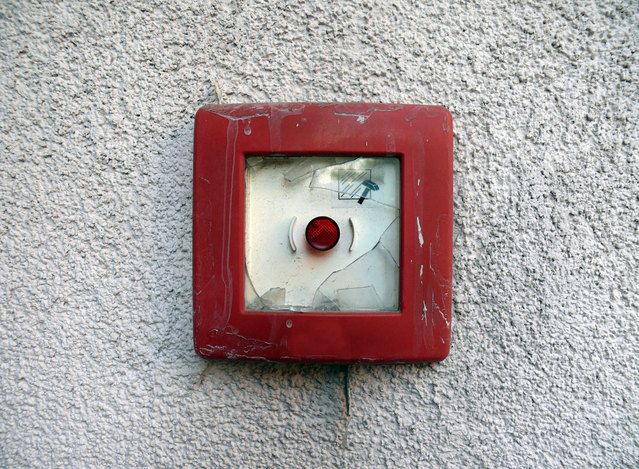
If you subscribe to some of the same news sources as me, you probably heard a certain statistic repeated throughout much of the last year. While it’s from a 2018 report from The Federal Reserve, it was brought to new light during the pandemic as businesses shuttered and layoffs increased, leaving many with an uncertain financial outlook:
“Four in 10 adults in 2017 would either borrow, sell something, or not be able pay if faced with a $400 emergency expense.”
I heard it again just last week, and it made me realize that it was time for an update to this blog. Why? While that statistic is nothing new, the way I’ve thought about an “emergency fund” has changed. So much so, in fact, that I tend to call it by another name nowadays.
But, before we get to that bit, here’s a little personal story about the importance of such a fund …
An Anecdote
A while back, I discovered something no homeowner ever wants to discover: My water heater’s tank failed in spectacular fashion. After a frantic phone call or two — by the wee hours of the next morning — I had most of the water collected in a wet vac, the carpet pulled up leaving the pad exposed, and an industrial size dehumidifier running.
“Phew,” I thought, “I got it licked.” And thankfully, by that afternoon, I managed to get the old water heater out and a new one in, up, and running.
Although I got no sleep that night, it’s great because it’s a lesson we can all learn from: the importance of having a financial emergency reserve.
Preparation is key
The fact is that an emergency reserve is so critical to everyone’s financial plan that it should be savings goal number one in almost all cases across the board. Without an emergency reserve, the options for dealing with an immediate unforeseen $1,000 need — for instance, like a water heater failing — or even a $400 need typically involve taking on debt or stopping contributions to other longer-term savings goals.
Taking on debt can prove costly, of course, and stopping contributions to long-term savings goals can present problems — magnified by the loss of several periods of compounding return potential.
The big question
I’ve probably mentioned the idea of an emergency/opportunity reserve to you in one (or many) of our meetings. When I mentioned it the first time, you were probably asking, “How much should I have reserved?”
The truth is that it is somewhat subjective and can change often, but there are some good rules to follow that can help in arriving at a number. Sure, you could head to your RightCapital account and check out the “Liquidity” tab in your “Dashboard,” but you might still be left with questions.
That’s because you could pull the “Liquidity Target” slider all the way up to 12 months and end up with too much of a liquid cash reserve, meaning you have surplus money hanging around doing very little for you. (And it could be better applied elsewhere in your financial plan.)
The baseline starting point for such a fund is three months of expenses. If you were starting from $0 today and just needed to go somewhere as a goal for your reserve, three months of expenses is a great start. The key here is to focus on your expenses, not your income when determining your target number.
Now, if you’re a single-source-income family with kids and that source of income is variable — for instance, being paid on commission or relying heavily on bonuses — the target multiplier is probably six to eight months of expenses.
Taking into account your family’s income source scenario, the number of mouths to feed, and more, you’ll probably find that you’ll fall somewhere in that range. However, once you have more than a year’s worth of expenses just hanging out in a basic savings account, you’ll also probably find that you’re better served doing something a little more productive with that excess.
An Emergency Fund by Another Name
Did you catch what I did up there?
You might have noticed that I deviated from “emergency reserve” and called it by its new name, emergency/opportunity reserve. That’s because, if you’re able to backfill your reserve fairly easily, you can use it for opportunities, too, like funding your IRA or getting a great deal on an item or experience on your goals list.
And if you’re still wondering how much you should have in your emergency/opportunity reserve — or if something has changed that could affect that number — it’s a good time to get your next meeting on the calendar. This is especially true if your expenses have changed significantly, like adding to your family or finding yourself in an empty nest, as well as when your income changes drastically, leading to differences in your expenses.
We’re here to help you dial yours in so you can handle an emergency with financial confidence — or make the most of the next opportunity that comes your way.
